What chip opportunities are there for this year’s popular AI toys?
01
AI toys are popular, but they are actually WiFi solutions in a shell
In the past two years, toy manufacturers, internet giants, and tech innovation companies have rushed to launch AI-powered toys. Domestic chipmakers such as Espressif, Rockchip, Allwinner, Actions,
Beken, Taisic, and JieLi have successively introduced AI toy solutions, many of which have been adopted by products on the market. Chip solution providers and AI toy startups have also rolled out DIY
character-enabled AI voice modules, emotion-expressive eye displays, and other AI toy chip solutions, sparking a "toy revolution" across the entire industry chain.
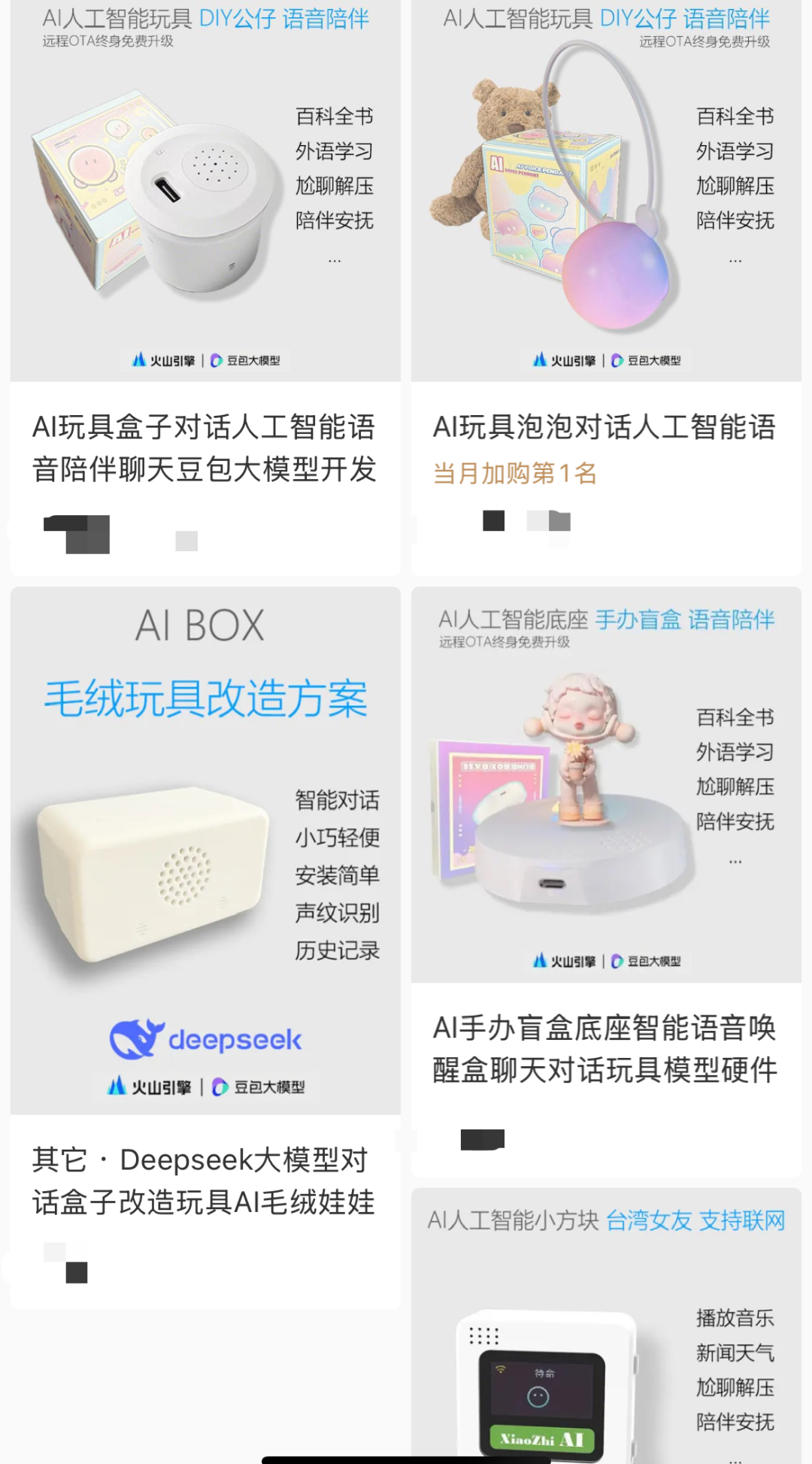
In addition to finished AI toys, there are also opportunities for DIY chip modules in the terminal market. For example, consumer demand for otome games has triggered demand
for related AI chat chip modules. Users can customize the voices of their favorite game characters, place them in game peripherals, and interact with their favorite characters
through AI voice.
Some people may question that AI toys are no different from storytellers and smart speakers that also support voice conversations. In fact, AI toys may provide a better experience in some functions.
Compared with traditional storytellers and smart speakers that rely on access to third-party content platform resources, AI toys have stronger interactive capabilities by accessing large models and using AIGC (generative artificial intelligence) technology for content creation. Toys can continue to talk rather than simply execute instructions. AI toys have
brought significant upgrades in voice interaction (such as chatting, answering questions), personalized experience (such as customized stories, learning plans, DIY characters), and emotional companionship.
As shown in the figure below, the current interaction methods of mainstream AI toys and the basic technologies behind them are relatively mature.
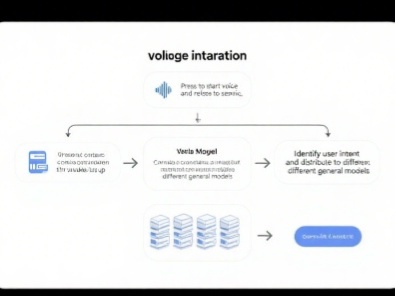
However, after stripping off the AI big model, we can see that the common point between AI toys, storytelling machines and smart speakers is that they all interact through voice, and most of them are equipped with WiFi solutions (4G version does not require network configuration, but the price is relatively high), or SoC solutions, with wireless communication capabilities. This type of solution is commonly found in the movement modules of AI toys such as pendants and plush toys, emphasizing low power consumption, low cost, and rapid mass production.
According to Tech Planet, entrepreneurs who have invested in AI toys said that AI toys are more like "selling solutions". Entrepreneurs only need to focus on the design of the AI software layer, and the hardware part can be undertaken by a large number of factories with customization capabilities. A person in charge of a plush toy factory admitted: "There is no essential difference between producing AI toys and ordinary plush toys. You only need to reserve a place for the built-in movement."
Of course, this is not absolute. For example, high-end AI companion robots such as Lovot are equipped with NVIDIA Jetson AI chips, which have powerful computing power and are positioned at a higher end.
AI toys mainly come in three forms: pendants, plush toys, and robots.
According to the sales of a certain website, pendants and plush toys are currently more popular among the public, with relatively cheap prices ranging from RMB 100 to 500, and high sales. For example, the AI intelligent dialogue Babopao, an AI pendant with a plush toy, is around RMB 270; the AI intelligent dialogue robot is more like an upgraded version of the story machine, which is around RMB 170; and the recently popular open source Xiaozhi AI robot, a small box, is around RMB 100. The sales of these products in some stores are as high as more than 5 million pieces.
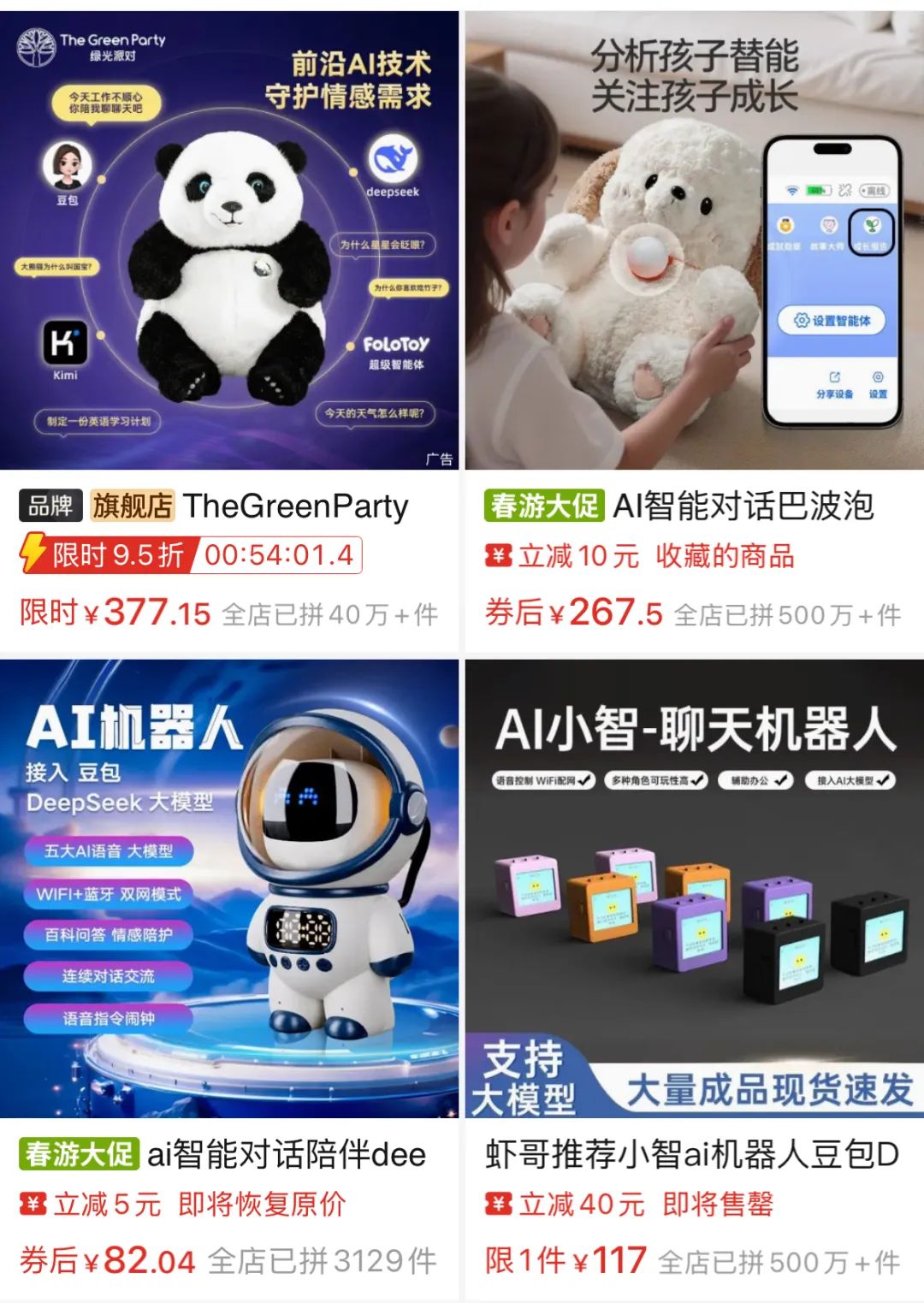
Let me briefly introduce the characteristics of these three AI toy forms.
The first one is the pendant form. This is a bubble-shaped hanging ring that can be put on any small or medium-sized doll. It is made of edible silicone material. It will light up when you tap the device. After connecting to the Internet, you can set the child’s favorite animation image IP on the mobile phone, and you can have interactive conversations with the child. The generated answers have different character attributes.
This type of AI pendant toy is suitable for companies based on AI interactive technology but lacking IP reserves, helping companies to launch products faster. Representative products include BubblePal (Yueran Innovation) and AI Magic Star (Shifeng Culture).

The second type is plush toys, where the built-in AI movement is the soul of the toy. For example, Xianyanbao (ByteDance), AI Zhiqu Xiyangyang (Aofei Entertainment), and AI Cactus (FoloToy), which can be triggered by pressing the toy to start AI chatting.
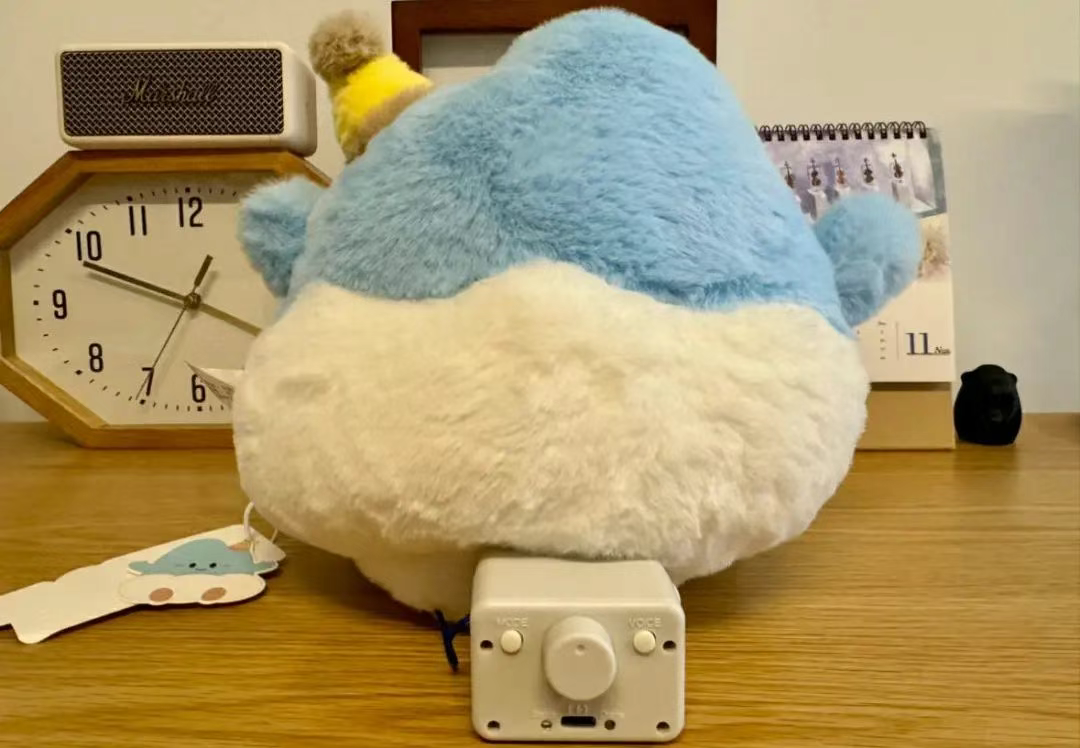
The first two types of AI toys are mainly promoted by relatively low unit prices (less than 500 yuan).
The third type is AI companion robots, such as Tom Cat AI child companion robot (Tom Cat), Ropet (Ally Intelligence), and Lovot (Groove X). Compared with traditional robots that mainly replace people to complete various tasks, AI companion robots have basically no practical functions and are more like pets. They have high requirements for hardware components, which pushes up the price. They have the highest average price among the three forms, and are positioned above 1,000 yuan.
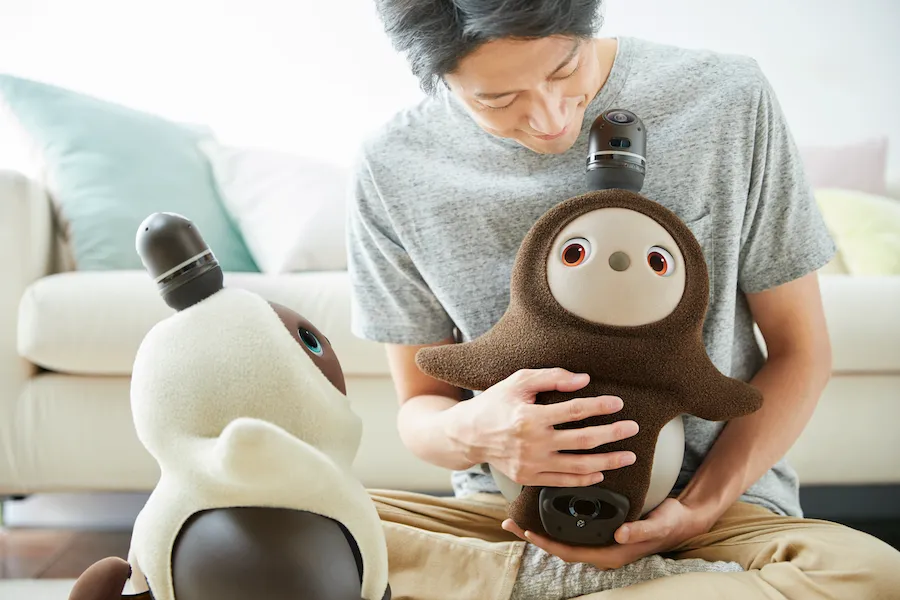
Although most AI toys are essentially WiFi solutions, this does not prevent AI toys from becoming a new track worthy of attention. At the recent Shenzhen Toy Fair, many traditional plush toy manufacturers have also implanted AI functions in their products. AI toys are gradually moving from early exploration to industry consensus.
According to data from consulting firm IMARC, the global AI toy market size has reached US$18.1 billion (approximately RMB 132.9 billion) in 2024, and is expected to grow to US$60 billion (approximately RMB 440.7 billion) by 2033, with an annual compound growth rate of approximately 14%, with the Asian market dominating.
This also means that AI toys are spawning some chip demand, opening up new incremental markets for the chip industry.
02
The chip cost is as low as a few dollars for AI toys. What kind of chip is used?
AI toys have a 10-fold premium from cost to pricing. Although it is exaggerated, the hardware cost of AI toys is not high in general.
Take chips as an example. DIY enthusiasts on social media have found that the cost of AI toys or AI chatbot chips is "cheap". Except for the single-chip microcomputer, which costs more than ten yuan, the rest are almost a few cents or a few yuan. A communication-related chip solution provider said that the chip solution module (WiFi chip plus audio chip, etc.) of AI toys costs about ten to twenty yuan, and the cost of batteries and screens is not included. Some netizens also said that the cheap ones can even cost a few yuan.
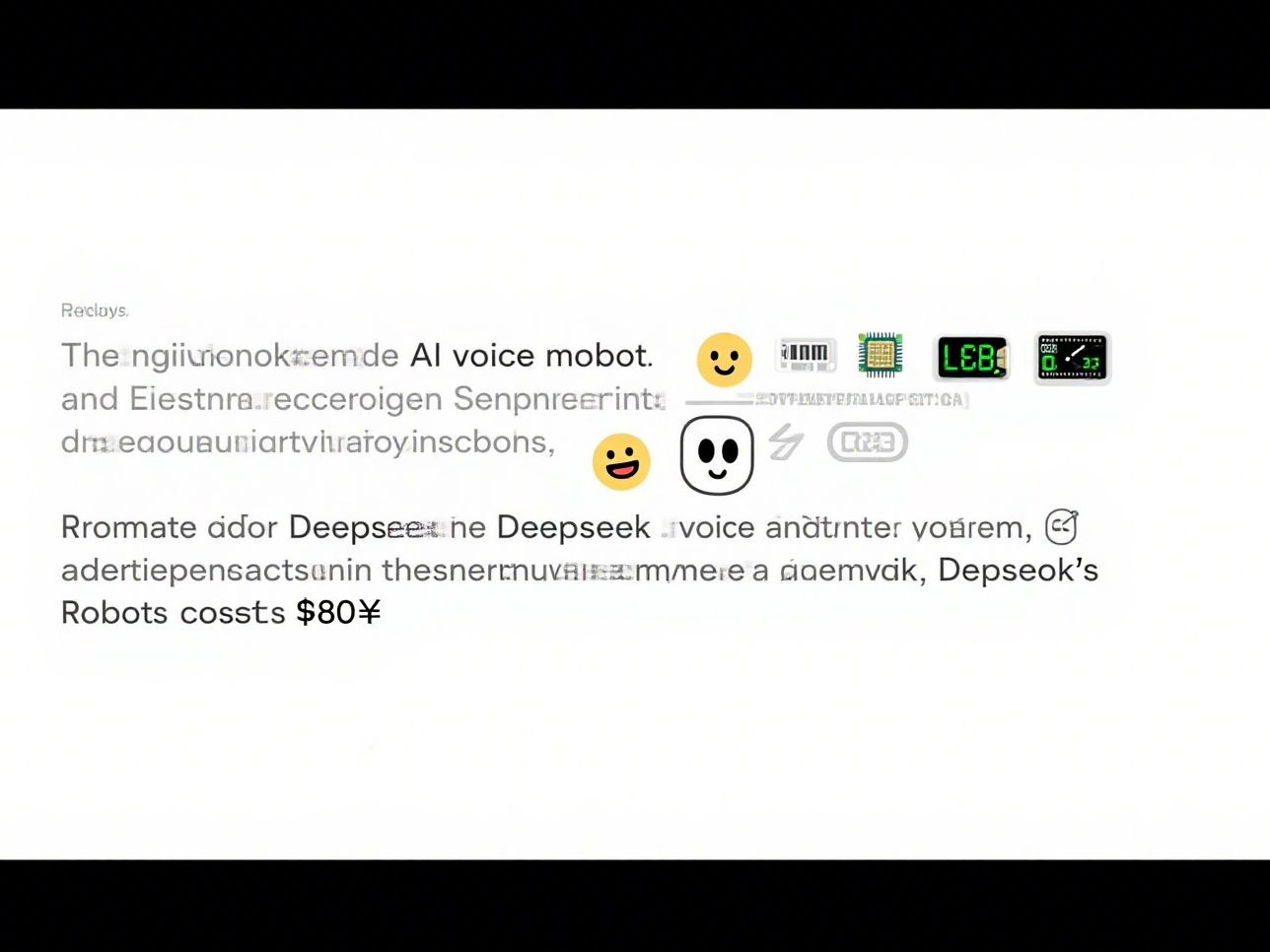
According to industry insiders, the hardware costs of AI toys (including chips, sensors, and casings) are not significantly higher than those of traditional toys. For instance, the hardware cost of a plush AI toy typically accounts for only one-tenth or even less of its retail price. The key factor driving these toys to sell for hundreds or thousands of yuan lies in their software—the AI solutions they incorporate.
On the software side, the cost of invoking cloud-based AI models has dropped sharply. For example, Doubao’s flagship model, officially launched in May 2024, is priced at just ¥0.0008 per 1,000 tokens in the enterprise market—99.3% cheaper than industry averages. In December 2024, ByteDance released a new visual understanding model priced at just ¥0.003 per 1,000 tokens, an 85% reduction compared to the industry average. The continuous decline in model costs is accelerating the adoption of AI applications.
Some vendors note that AI toy pricing must account for model inference costs over the product’s lifecycle. While slightly more expensive than traditional toys, the prices remain acceptable. Compared to the roughly 50% gross margin of conventional plush toys, AI toys can sustain margins of 70–80%, with some even exceeding 90%.
Beyond high-margin premium products, there are also volume-driven AI toys with lower price points and tighter cost controls. A voice interaction chip solution provider (pseudonym: Mr. Li) told Chip World* that since last year, they’ve entered the AI toy market and observed intense competition in low-cost solutions, while premium options avoid price wars.
What chips power these AI toys?
Disassembling an AI toy reveals hardware such as chips, sensors, speakers, microphones, and batteries. To support AI models, the chip must efficiently handle complex tasks (e.g., real-time voice/image processing) while maintaining low power consumption for sustained responsiveness and battery life.
AI toys primarily use Wi-Fi MCUs or Wi-Fi-enabled SoCs. Key chipmakers offering solutions include:
- SoCs: Rockchip’s AIoT SoC RK3576, Allwinner’s multimedia SoC R128, and Actions’ audio SoC ATS3703.
- Wi-Fi MCUs: Espressif’s ESP32-S3, Beken’s BK7252N/BK7258, Taisic’s TXW81X series, and JieLi’s AC791N. For example, ByteDance’s *Xian Yan Bao* toy uses Espressif’s ESP32 chip.
Cloud-based AI models demand cost efficiency. Wi-Fi chips (priced at $1–2) suffice for basic functions like voice recognition, simple dialogue, emotional feedback, and connectivity. Their high speed and low cost make them the preferred choice—analysts predict that if AI toys capture 20% of the children’s toy market by 2028, an additional 1.5 billion Wi-Fi chips/modules could be required.
According to the disassembly of two AI toys/AI chatbots, including the main control chip, the current AI toy chips are basically localized:
The first AI toy, Tom Cat AI Child Companion Robot, has a display screen in the eyes to provide emotional expression, and the mouth, ears, and head support rotation. It has a speaker and a dual electret microphone for voice interaction. It is equipped with an AI large model and is connected to the Himalaya voice resource library.
According to the disassembly of I Love Audio Network, the Tom Cat AI Child Companion Robot uses the ALLWINNER R128-S3 highly integrated wireless audio SoC on the motherboard, integrating high-performance dual-core processors, HiFi5 DSP, ADC and DAC, wireless network and display functions.
As for other chips, it is equipped with three Sytatek SA8301 motor drivers, which drive the ear, mouth and neck motors respectively; it uses HYNITRON HAA9811 audio power amplifier to drive the speakers; it also uses XMC Wuhan Xinxin XM25QH128D SPI NOR flash memory, Natlinear Nanlin LN2289 DC/DC regulator, Shanghai Awin Electronics AW9523B LED driver, etc.
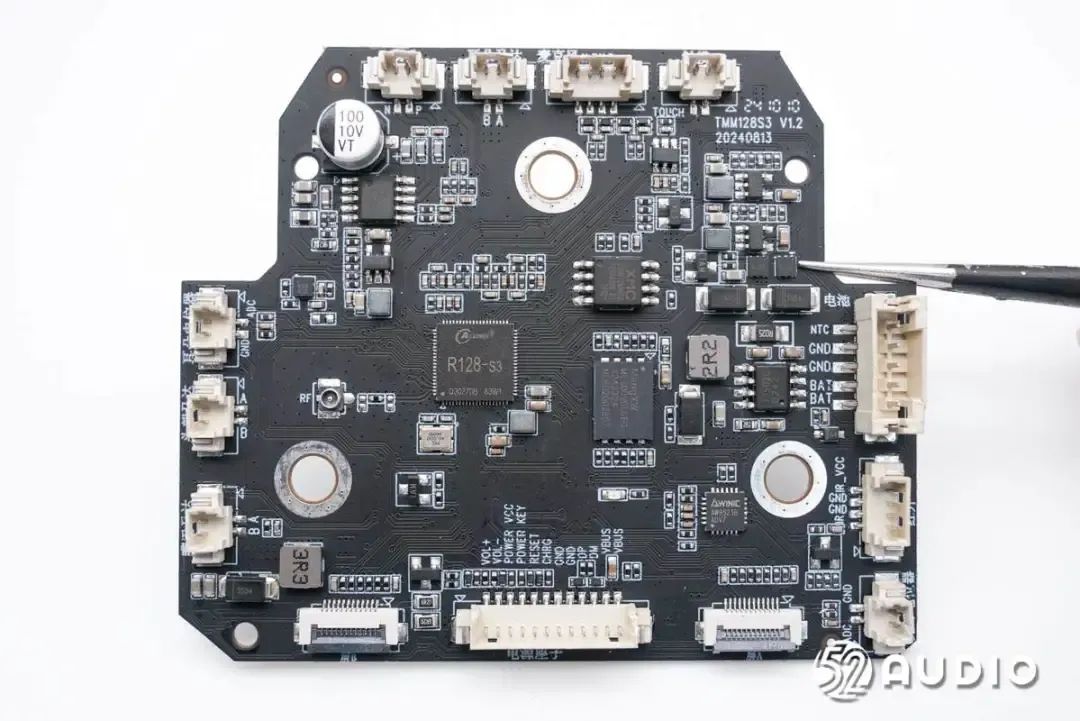
The second one, the open source Xiaozhi AI robot, is a simple circuit board that can communicate with voice, or a square box formed by 3D printing, equipped with a variety of open source AI models.
According to the disassembly of "IoT Internet of Things Technology", the main control comes from Espressif's ESP32-S3 (ESP32S3N16R8) chip module, which collects audio data through a digital microphone and transmits it to the ESP32S3N16R8 local AI to realize voice wake-up. After wake-up, the data is sent to the server via WIFI to realize AI voice real-time conversation.
Other chips include charging IC TP4056 from Youtai Semiconductor, Shunxin audio codec ES8311, digital amplifier chip NS4168 from Silicon Source, boost converter RY3715 from Ruiyuan Semiconductor, etc.

In general, compared with traditional toys, the additional costs of AI toys are relatively controllable, the development threshold is relatively low, the cost is low, and some products can achieve high gross profit.
03
End Conclusion
Although the concept of AI toys is hot, we also see that this market needs some time to mature, and there is still a long way to go before it can really reach a wide range of consumer groups.
At present, AI toys are still a new category, with high pricing, market acceptance has not kept up, and overall shipments have not risen. Chip solution providers said that "everyone is pushing it, but not many are actually shipped, and they are basically trial production orders." The large shipments of traditional toys are because they are "fun, cheap, disposable after playing, and have a very high repurchase rate"; the lack of innovative content and differentiated design can also easily make AI toys homogenized, making it difficult for consumers to subscribe to and pay for AI solutions.
Despite this, market feedback still needs to be continuously observed. By making early arrangements, seizing the opportunity of the current AI toy boom, and following the trend, we may be able to usher in new growth points in the future.







